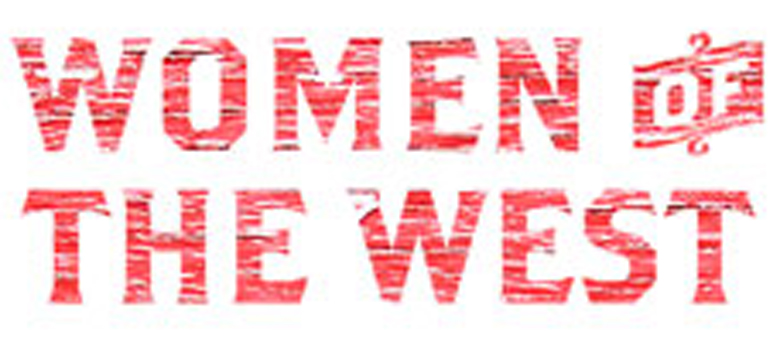Credits
Feature by: Cullen Gallagher, Leo Goldsmith, David Carter, Evan Kindley, Jenny Jediny, Adam Balz, and Rumsey Taylor
Posted on: 22 July 2009
Contrary to how it is generally perceived, “The Western” is in no means an exclusively masculine genre. The West wasn’t founded solely by frontiersmen, cattle ranchers and John Ford, and cowboys weren’t the only ones with six-shooters hanging at their side, warming their bellies with whiskey, running the bad boys out of town on their horses, or corralling the livestock as part of a hard day’s work. Women were alongside them, and in some cases in front of them, every step of the way.
Women of the West is a celebration of the image of the female Westerner: homesteaders, entrepreneurs, outlaws, cattle drivers, brothel madams—pioneers, every last one of them. The hegemonic popularity of male stars such as John Wayne and Clint Eastwood have eclipsed the wealth and diversity of female roles in the genre that not only broke stereotypes, but also offered actresses the opportunity to express themselves in ways that weren’t available in other movie genres. American film noir of the 1940s and 1950s has been frequently credited with giving women the chance to destroy men through the role of the femme fatale, but the Western allowed them to be tough-as-nail broads and still be on the side of good and righteousness, if they so desired. (And not all of them did.)
The actresses who took advantage of these roles are hardly anonymous. Classic Hollywood royalty such as Barbara Stanwyck and Marlene Dietrich were equally at home on the range as on the soundstage, and their contributions to the Western were arguably some of the high points of their career. Even Europe was captivated; French bombshell Brigitte Bardot and art-house siren Jeanne Moreau couldn’t keep away from the West. And before Texas Guinan was a Prohibition-era “Queen of the Night Clubs,” she was one of the screen’s original cowgirls, often referred to as “The Queen of the West.”
Despite actor interest, if anything is helping to sustain the image of The Western as a purely masculine genre, perhaps it is that male directors have dominated the genre from its inception. While female writers such as Leigh Brackett and Anita Loos have contributed to the genre (and let us not forget the adaptations of Edna Ferber, one of the foundational Western novelists), it has borne few female directors. We are bookending our series with two rare exceptions: Ruth Ann Baldwin’s 49-17, the first female-directed Western, and Maggie Greenwald’s The Ballad of Little Jo. (It should be noted that Ida Lupino, always the groundbreaker that she was, directed several episodes of the television series Have Gun, Will Travel.)
The 20 films in this series span from 1917 to 1995, a range of almost 80 years that includes Westerns traditional, comic, noir-tinged and revisionist. This selection is only but a sampling of the wealth of material that exists spotlighting not merely the diverse roles women found acting in the genre, but the enjoyment they – and we – have partaking an era that now belongs as much to the cinema as it does the history books.
Women of the West will commence on Monday, July 27th.
Introduction by Jenny Jediny and Cullen Gallagher
By Cullen Gallagher, Leo Goldsmith, David Carter, Evan Kindley, Jenny Jediny, Adam Balz, and Rumsey Taylor ©2009 NotComing.com
Reviews
-
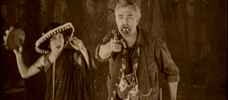
49-17
1917 -
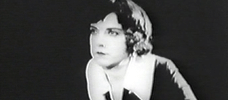
The Gun Woman
1918 -
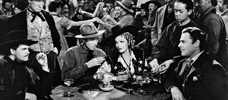
Destry Rides Again
1939 -
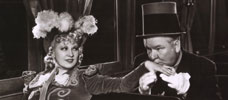
My Little Chickadee
1940 -
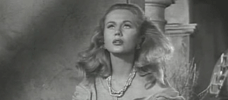
Colorado Territory
1949 -
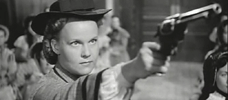
Westward the Women
1951 -
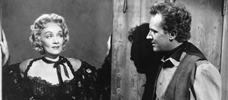
Rancho Notorious
1952 -
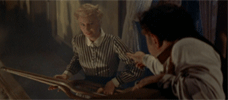
The Violent Men
1955 -
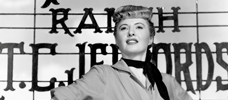
The Furies
1950 -

The Last Sunset
1961 -
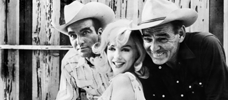
The Misfits
1961 -
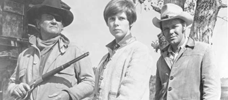
True Grit
1969 -
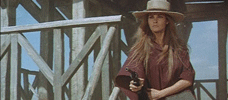
Hannie Caulder
1971 -
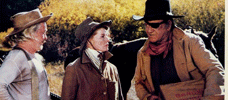
Rooster Cogburn
1975 -
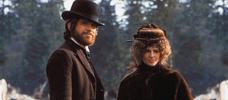
McCabe & Mrs. Miller
1971 -
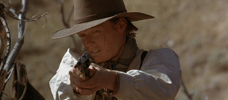
The Ballad of Little Jo
1993 -
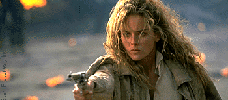
The Quick and the Dead
1995 -
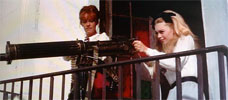
Viva Maria!
1965 -
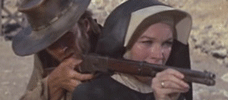
Two Mules for Sister Sara
1970
We don’t do comments anymore, but you may contact us here or find us on Twitter or Facebook.



